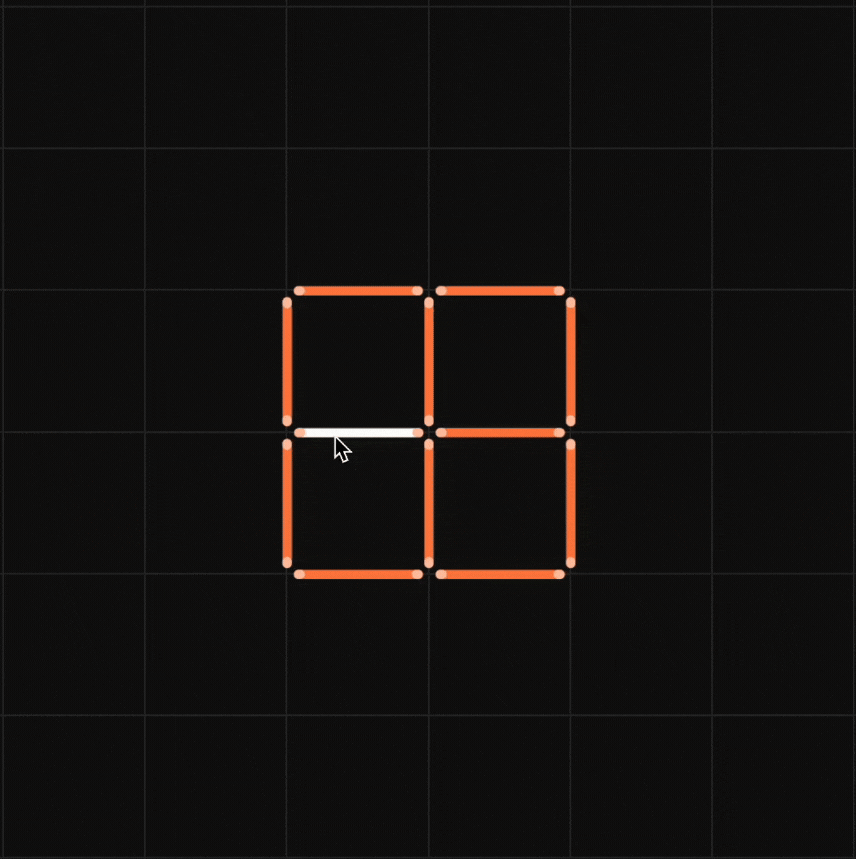

If △ABC ~ △EDF and △ABC is not similar to △DEF, then which of the following is not true
a. BC . EF = AC. FD
b. AB . EF = AC . DE
c. BC . DE = AB . EF
d. BC . DE = AB . FD
Solution:
Given, the triangles ABC and EDF are similar
Also, the triangle ABC is not similar to the triangle DEF.

We know that similar triangles have congruent corresponding angles and the corresponding sides are in proportion.
By using the property of similarity,
The corresponding sides are AB/ED = AC/EF = BC/DF
Now considering AB/ED = AC/EF
On cross multiplication,
AB . EF = ED . AC
Therefore, option B is true.
Now considering AC/EF = BC/DF
On cross multiplication,
AC . DF = EF . BC
Therefore, option A is true.
Now considering AB/ED = BC/DF
On cross multiplication,
AB . DF = BC . ED
Therefore, option D is true.
BC . DE ≠ AB . EF
Thus BC . DE = AB . EF is not true
✦ Try This: ΔABC and ΔDEF are similar, BC = 3cm, EF = 4 cm and area of ΔABC = 54 sq cm. Determine the area of ΔDEF
☛ Also Check: NCERT Solutions for Class 10 Maths Chapter 6
NCERT Exemplar Class 10 Maths Exercise 6.1 Problem 3
If △ABC ~ △EDF and △ABC is not similar to △DEF, then which of the following is not true, a. BC . EF = AC. FD, b. AB . EF = AC . DE, c. BC . DE = AB . EF, d. BC . DE = AB . FD
Summary:
If △ABC ~ △EDF and △ABC is not similar to △DEF, then option (c) BC . DE = AB . EF is not true.
☛ Related Questions:
- If in two triangles ABC and PQR, AB/QR = BC/PR = CA/PQ, then, a. △PQR ~ △CAB, b. △PQR ~ △ABC, c. △CB . . . .
- In Fig.6.3, two line segments AC and BD intersect each other at the point P such that PA = 6 cm, PB . . . .
- If in two triangles DEF and PQR, ∠D = ∠Q and ∠R = ∠E, then which of the following is not true, a. EF . . . .
visual curriculum